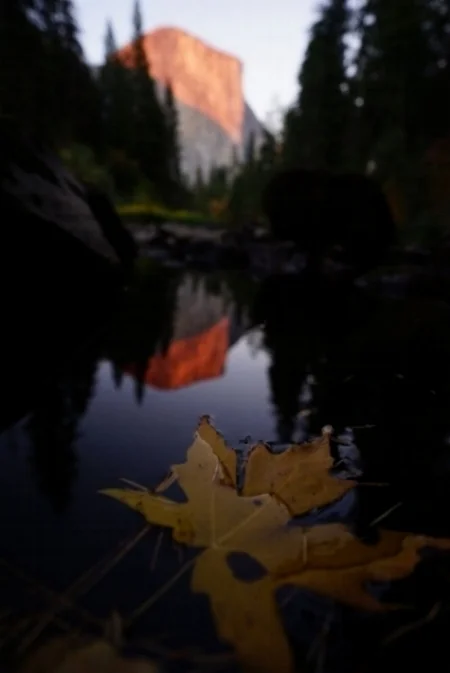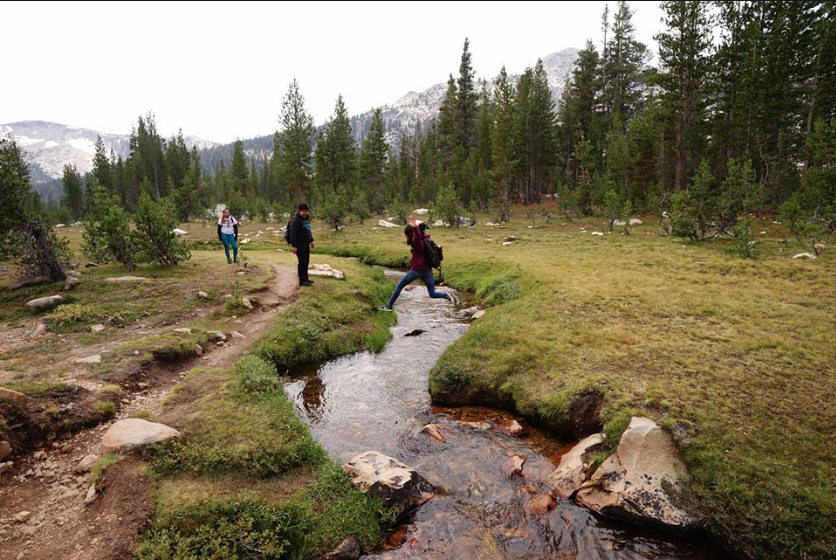I was invited by a friend who works at the California Youth Authority in Stockton to come for a visit. Two of our youths from the Iris Garrett Juvenile Hall in Merced were transferred there. I was excited to see them because we had shared so many good experiences in Yosemite, and I looked forward to the opportunity to continue our friendship. This CYA prison is another level of intensity, a little more than I was used to, and it continued to expose me to some of the harsh realities that we live in.
I met my friend Dennis at the gate, who gave a smile that immediately supported our working together over the years with the native community, where we participate in ceremonies in the Yosemite area. As Dennis showed me around the facility, I had the realization of the scale of this issue of incarceration throughout this country. It really challenges your willingness to look at this reality directly, without flinching. In some ways it parallels the way in which my mind has developed as a rock climber, to be able to face these challenges.
To be in this kind of environment with Dennis felt good because we are both committed to the healing and mending as a way to participate in the world we live in. As the young men came into the building, we all greeted each other with respect. Instantly, with the two young men who had been to Yosemite, we started sharing the particular memories of moments like swimming in the river, taking pictures of the leaves on the trees, doing trail work together, and watching the sunrise at camp. Dennis began to organize the group of young men into a circle with an opening prayer that is customary to their gathering. Pulling out a sacred eagle feather, he handed it to one of the boys who began to share his thoughts and prayers on the importance of the meeting and the preciousness of his life. When he was finished with his words, he passed the feather to the next young man and each one continued to give thanks -- how he respected this time together and the opportunity that was being created. Each one shared in their own unique way. Then we watched some of the climbing videos and read through the books that we created through Sacred Rok. The fact that one of our youths was in that book inspired the idea of what’s possible when we all work together. It was a great visit.
On my drive home, it was interesting to reflect on the reality of incarceration. As I was flying down the Central Valley of California on Highway 99 towards Merced from Stockton, I considered that none of these buildings or businesses existed two hundred years ago, and that people had lived on this land for thousands of years without this industrialization and places for incarceration. It continues to inspire me to consider even my own DNA lineage that leads back to my indigenous reality of being human from the earth -- I pondered the phenomenon we live in when we embrace that memory of ancestral history that would honor the intimate relationship with nature and natural laws. My job is always to be a caretaker of nature in order to survive. I will continue to honor the nurturing environment of Yosemite that has brought me into this reality of what we are involved in with Sacred Rok.
Days later, I was with a group of youth from Juvenile Hall in Merced walking a seven-mile loop along the floor of Yosemite Valley on a nice autumn day. In the midst of our walk, I asked one of our guys what should be the writing prompt for next week’s lunch meeting at the Hall. As he was considering the question, at that moment we could hear the birds, feel the breeze through the trees, and we were walking barefoot. I said maybe we should write about our senses. He looked back and me and said: “How about just common sense?” It struck me like a lightning bolt, how profound that sounded at that moment. And hearing that from him inspires me to think about the future of education for our youth to be able to create a foundation based on common sense and our relationship with the earth. At Sacred Rok, we talk about education nature’s way, which has so much to do with common sense. As Noam Chomsky asked: education for whom and for what? I continue to marvel at the brilliance of the comment, and how much sense that makes. Does that make sense?
- Ron Kauk, Executive Director










